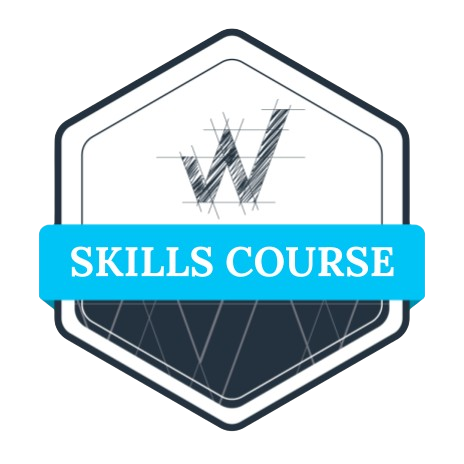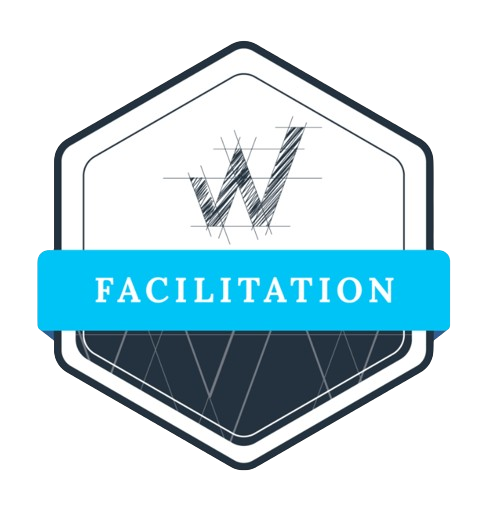Today clients are able to try & buy a service online, and pay for it monthly. With this change, B2B sales organizations must re-define the goal, the role of sales, and with it re-establish five simple sales stages. Open door? So why do most SaaS sales organizations still work towards “closing the deal” only to realize the more they sell the bigger the losses?
Sales goal: Achieve Customer Success
Most of today’s SaaS services take 6 to 18 months of payments to turn profitable. Such success can only be accomplished if you have a great service, that enjoys ongoing investments in innovation, improves based on customer’s feedback, and implements best practices. No longer can we set the goal of the sales organization to “just close”.
The London Experience
Stages of SaaS
1) The O’SH!T stage (awareness)
In this stage the client identifies they have an issue. This may be due to a super smart awareness campaign (Marketing), your outbound sales organization contacting them (Inside Sales), or a client may simply stumble upon your service during a “problem” search.
2) The AHA stage (education)
Following online research, and by asking around, the client gains insight into the problem(s), and identifies a variety of solutions, of which one or two stand out. They will start to follow these vendors, download a paper, and sit in on a webinar to learn more.
3) The WOW stage (selection)
The client has determined that solving the problem is a priority. They contact two maybe three vendors and request help. They will commit their business to the partner that provides the deepest insight into their problems. Most sales teams stop at this stage; Deal Won, Logo secured. Ring da bell. However a successful SaaS sales organization still has 2 more stages to tackle:
4) The YIHAA stage (onboard to first use)
The client is anxious, (s)he needs the service to launch on-time, within budget, and provide the value as advertised. Realize that there is no real need to exceed expectations here, just deliver as promised. Not doing this will mean the client will exit the contract or churn, and with it you lose your investment, at the point you have the most invested in them.
5) The OMG stage (achieve recurring use)
In this stage you amaze a client by sharing best practices from others like them, introduce them to industry peers so they can build a community, and respond rapidly when they encounter issues. You expand their service by selling more seats, selling premium features, or increasing their usage such as bandwidth of storage. You cross sell by more The outcome of this is a satisfied client, growing its Monthly Recurring Revenue stream.
The Customer Centric Sales Organization
To move clients at high velocity through these five stage and achieve client success, requires a modern customer centric approach to sales. Here are a few best practices;
- Make how you sell as important as what you sell. Stop the mentality of “sell sell sell” aimed at hitting quota as the primary goal. Instead make solving the customer problem the primary goal. After all, if your monthly service does not deliver as advertised the client will unsubscribe long before you made money on them.
- Think Angry Birds not Chess;. aim at a vertical market, deploy your sales, and measure results.. As you fail in your first attempt – and you will– adjust your aim and retry, the same way you play Angry Birds. This may include adjusting price, target market, title etc. Repeat this in rapid intervals until you succeed. Stop overanalyzing and anticipating every move as if you are playing chess.
- Help your client understand the problem they experience. Stop all the sales tricks, instead share your insights how to solve their problem, better yet help them prevent it. This makes a proper diagnose of the customer situation early on in the sales process (the Aha stage) critical, and today you can do this by yourself online, long before you speak to anyone. You must train your sales team to excel on this!
- Invest as much in education as in awareness. Involve your successful customers to educate your new prospects – they are the best educators. Also provide valuable insights on your web-site, such as high level pricing information, competitive differentiators, and a white board video session where you explain in simple to understand terms why this problem exists, how to solve it (without mention your platform), and what actions your client should consider.
- First impressions matter online, even more so than in person. Your sales professionals must maintain a professional customer centric LinkedIn profile and manage their professional network. This is incredibly important for new hires, who must repurpose their resume’s from “customer trophy cases” to get the job (another story altogether). Contact me if you like a step-by-step guide how to do this.
- Build a data driven sales organization, invest in what works, stop what doesn’t. If your data shows that the lead to opportunity conversion rates from a particular sales person are horrible fix that – NOW – don’t wait for 2-3 more months to see if it solves itself. Trust the data.
- Develop a self learning sales culture, where sales professionals share best practices with each other. This is needed as they have to adjust frequently and quickly to the changing environment. Start with daily (virtual) 15 minute stand-up sessions, where team members share customer learning experiences. Recording these experiences in a Google doc will lead to a training guide for new hires.
- Develop a comp plan structured to keep your best customers, not (just) to keep your best sales people. Great sales people work for great companies, who offer an amazing service, so they build a reputation. Reputation is what pays these sales professionals, today, tomorrow and for decades to come.
Learn more?
These are the lessons gained working with over 50 SaaS sales organizations in the past 24 months. More lessons on how to build scalable SaaS organizations can be found in a book we recently launched “Blueprints for a SaaS Sales Organization”. In this book we share best practices on how to design, implement and launch scalable SaaS Sales organizations.
This article was originally published on StartUp Juncture and SalesHacker.

